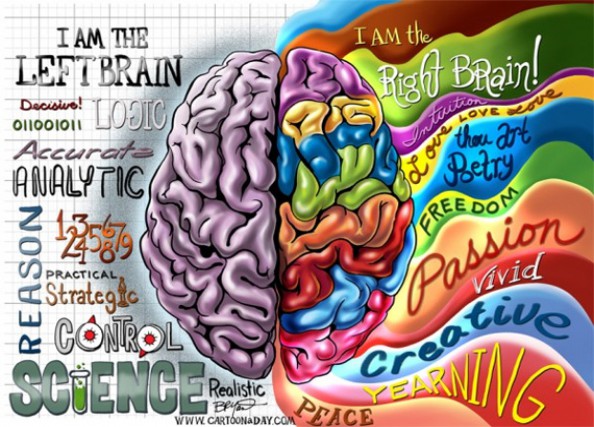Unlocking Your Inner Picasso: Unraveling the Secrets of Creative Genius - An Overview

From Brain to Brushstroke: Investigating the Science responsible for Artistic Phrase
Art has been an integral component of individual civilization for manies thousand of years. From cavern art work to Renaissance masterworks, creative articulation has mesmerized target markets and served as a means of interaction and self-expression. But have you ever before questioned what goes on in the thoughts of an performer? How do they transform their notions and emotions right into brushstrokes on a canvass? In latest years, experts have started to delve in to the amazing world of fine art and discover the scientific research behind imaginative expression.
One place of analysis that has obtained notable interest is the study of brain task during the course of artistic production. Utilizing techniques such as operational magnetic resonance imaging (fMRI), scientists have been able to analyze which areas of the human brain are triggered when people engage in artistic tasks. This has supplied important understandings into how our human brains refine and produce creative ideas.
One research study carried out at Stanford University discovered that when musicians create craft, their minds exhibit improved activity in the prefrontal cortex, which is responsible for higher-order intellectual functionality such as decision-making, problem-solving, and self-expression. This recommends that performers might rely highly on these cognitive methods when converting their thought and feelings and emotions into aesthetic form.
Moreover, analysts have uncovered that different forms of artistic phrase might switch on specific nerve organs networks within the mind. For instance, a research released in Frontiers in Human Neuroscience located that music composition turns on different brain regions contrasted to graphic art development. This proposes that various fine art forms may engage one-of-a-kind intellectual processes, highlighting the unique nature of imaginative phrase.
Another aspect experts are fascinated in looking into is how emotional states influence imaginative production. Emotions participate in a vital duty in molding our encounters and assumptions, featuring those related to fine art. A research study administered at Johns Hopkins University illustrated that when people were revealed emotionally asked for pictures while making artwork, their productions showed more extreme psychological content reviewed to those who were not left open to psychological stimulations. Find More Details On This Page for advise that emotions can profoundly affect an performer's innovative output, influencing the mood and material of their work.

In add-on to examining brain activity and emotions, scientists have additionally looked into the duty of experience in creative phrase. It is widely acknowledged that technique and experience are crucial for establishing artistic skills. Having said that, experts have looked for to find how proficiency reveals in the mind. A study published in NeuroImage located that very knowledgeable artists displayed raised connection between human brain regions involved in visual perception, interest, and motor command. This suggests that considerable training can lead to enhanced coordination between these places, permitting musicians to implement their artistic sight with greater accuracy.
The scientific research responsible for artistic expression is not limited to understanding the interior workings of the musician's thoughts; it also extends to the target market's understanding and analysis of fine art. Scientists have checked out how individuals answer to various forms of fine art and why particular arts pieces generate solid mental reactions. Utilizing procedures such as eye-tracking technology, experts have been capable to study where people focus their attention when checking out art work. This investigation has revealed that audiences have a tendency to devote even more opportunity appearing at places of higher visual intricacy or points of passion within a part. These findings assist us know how performers can efficiently assist our look and stir up particular emotional states with their choice of structure and subject matter matter.
Additionally, research studies have uncovered that cultural history and private take ins form our analysis of craft. A research carried out at New York University located that individuals coming from different cultures exhibit specific neural actions when looking at theoretical artworks. This advises that our cultural instruction effect how we perceive and cherish craft.
In final thought, the scientific research responsible for creative articulation is a quickly growing field that gives useful ideas into how our human brains process and produce craft. By means of examining mind activity, emotional states, know-how, viewers viewpoint, and cultural effect, experts are unraveling the enigmas behind what makes art thus exciting and effective. By understanding these rooting devices, we may obtain a deeper recognition for artistic expression while likewise shedding lighting on vital facets of individual knowledge and innovation.
